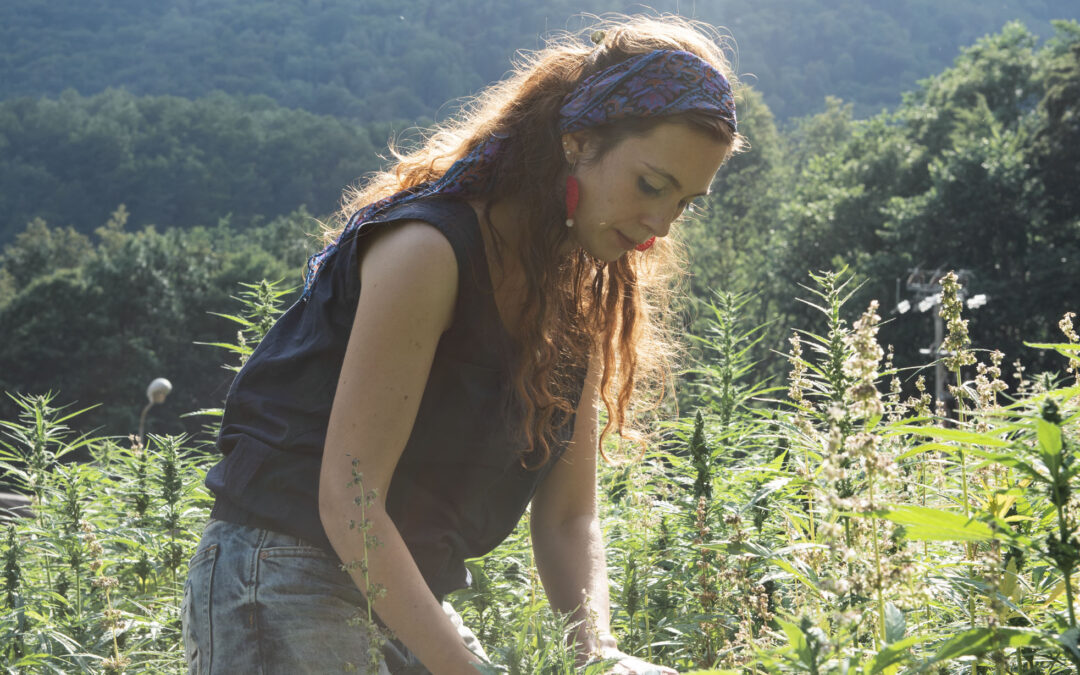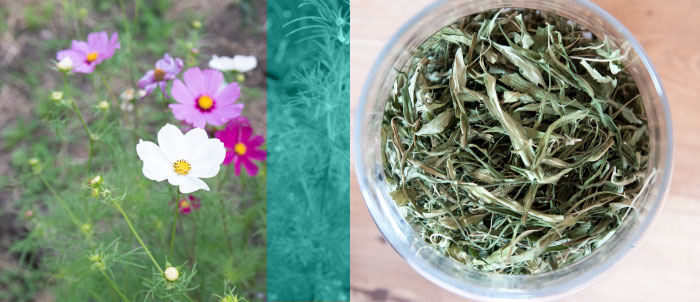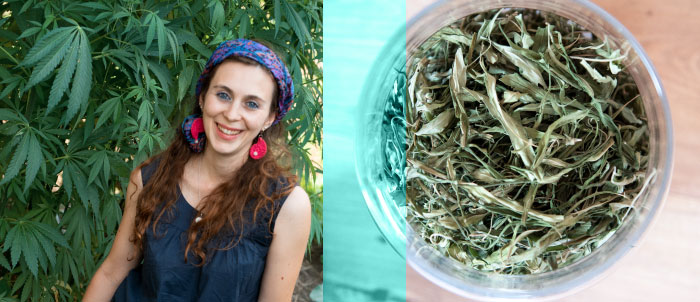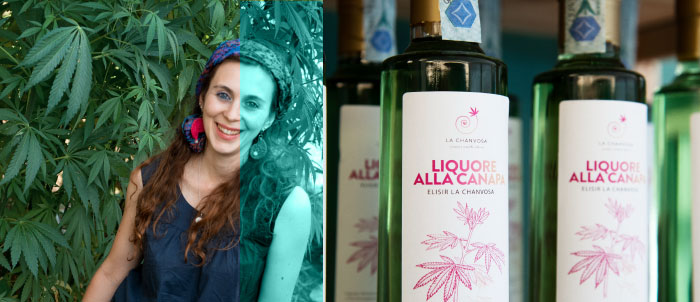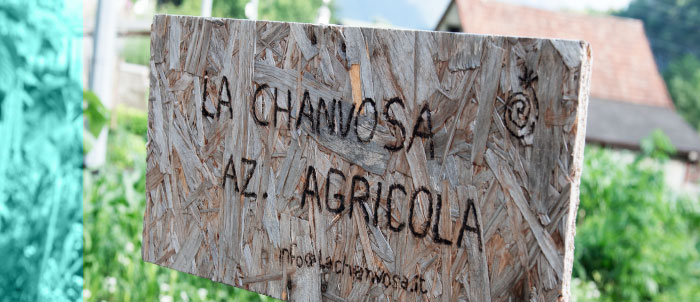LA CHANVOSA
BUSINESS: La Chanvosa
ADDRESS: via Beola 14, Baceno (Verbano-Cusio-Ossola) – fraz. Croveo
E-MAIL: info@lachanvosa.it
WEBSITE: lachanvosa.it
“ON CAMPUS” COURSE: ReStartAlp 2016
Hemp has always been grown in Croveo, as my grandmother tells me. I am an idealist and a dreamer, and I wanted to resume this tradition. The ReStartAlp “on campus” course gave me the opportunity to quickly turn my project into reality”
Evelina Felisatti
Evelina’s passion for hemp was born and developed accompanied by the voice of her grandmother, Emilia, born in 1928: “She has always loved telling me stories about the village. Thanks to her, I was able to reproduce the entire fibre extraction process. Grandma remembers that when she was a young girl, between the 1930s and the early 1940s, her mother wove the last trousseau in hemp cloth. And that the women of Croveo always carried some seeds in their pockets while working in the fields”.
“They knew they were carrying a foodstuff rich in protein (20 per cent), OMEGA 6 and OMEGA 3 acids (35 per cent), fibre, vitamins A, E, PP, C, B1 and B2,” explains Evelina Felisatti to anyone who buys one of the packets of seeds harvested by hand in the fields of Croveo, where she has returned to grow hemp.
Evelina was born and raised in this village located 800 metres above sea level, in the heart of the Antigorio Valley in the province of Verbano-Cusio-Ossola, and, after graduating in Geography from Milan University, she decided to stay. Her farm is called «La Chanvosa»: which is what the hemp seed is called in the local dialect.
“I wrote my thesis on hemp farming, with a focus on the agricultural landscape related to this kind of culture. While I was writing, I also had a chance to gain some practical experience by taking part in a project aiming at re-introducing this crop, with the support of the Comune di Baceno (Municipality of Baceno), the administrative centre Croveo belongs to” says Evelina.
Born in 1988, she has loved having her hands in the soil, sowing seeds, and tending to the vegetable garden ever since she was a child. After graduating, she chose to go back to her home village: “The project I took part in made me realise that hemp in this area germinates and grows quickly. I experimented with the use of its flowers and leaves to make herbal teas and I collected the seeds”.
It was 2015. The following year, she enrolled in ReStartAlp, the “on-campus” course for young aspiring entrepreneurs in the Alps, promoted by Fondazione Edoardo Garrone in cooperation with Fondazione Cariplo. The course encouraged her: “I had an entrepreneurial project in mind, but I was also scared: I had never learnt about business plans or market analyses, which, for an idealist and a dreamer like me, are crucial to do business. I never expected to win the second prize – recalls Evelina – I just wanted to learn, to carry on with my project. Without ReStartAlp, turning it into reality would have taken much longer”.
Re-introducing hemp growing
Until the mid-20th century, hemp was an important industrial and subsistence crop in Italy. Italy was the second largest producer in the world, as reported in the book “Canapa revolution” by Chiara Spadaro (Altreconomia edizioni, 2018). Cultivated lands covered about 100 thousand hectares. As Chiara Spadaro wrote, starting from the 1950s, painstaking maceration techniques were abandoned, no investments were made in technological innovation, labour costs rose, and synthetic fibres – which were cheaper and easier to process – were increasingly used in industrial processes. This, and, above all, in more recent times, the application of art. 26 of Italian Presidential Decree 309/90 (also known as the Jervolino- Vassalli law against drugs), gradually led to the decline of hemp growing in Italy”.
And, although hemp growing has now been resumed, only about 3,000 hectares are currently cultivated: “In Italy, processing hemp fibre to use it in the textile sector is still practically impossible – says Evelina – I use it in the workshops I hold with children, or for mulching”.
